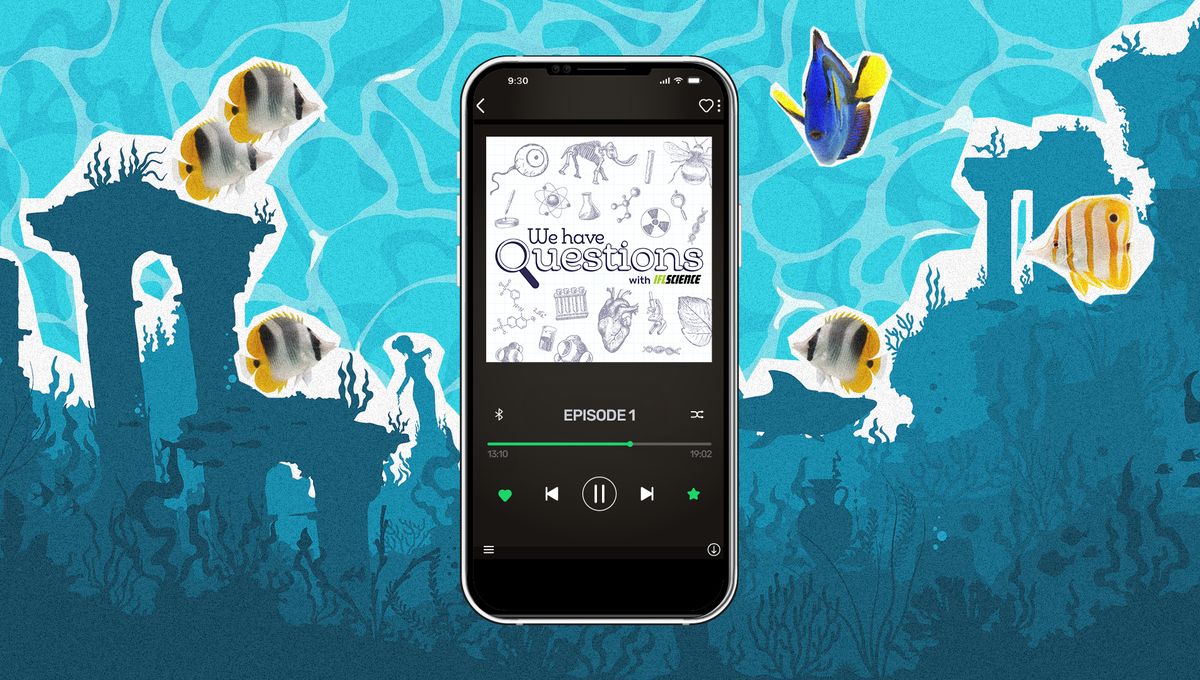
Submerged settlements, also known as sunken cities, might sound mythical but they are very real, and while their migration underwater makes them harder to find, it can also preserve them far better than they would have fared surface-side. Marine archaeologist Professor Jon Henderson knows this all too well. As Head of Archaeology at the University of Edinburgh, his studies have taken him from the frozen crannogs of Scotland to the submerged ancient town of Pavlopetri in southern Laconia, Greece.
Underwater archaeology pits researchers in a race against time as they must study ruins emerging from the sediment before the sea has a chance to wash vital information away. So how do they end up underwater, and what’s in a marine archaeologist’s toolkit to capture sunken cities before it’s too late?
Episode 1 of the We Have Questions podcast asks “How Do Sunken Cities End Up Underwater?” – a question taken from issue 20 of CURIOUS, IFLScience’s e-magazine. Also in this issue, we ask if technology helps or harms grief, if there is any truth to personality tests, and we meet author Dr Jen Gunter and read an excerpt from her new book BLOOD: The Science, Medicine, and Mythology of Menstruation.
You can listen to this episode and subscribe to the podcast on all your favorite podcast apps: Apple Podcasts, Spotify, Podbean, Amazon Music, and more.
Source Link: IFLScience We Have Questions: How Do Sunken Cities End Up Underwater?